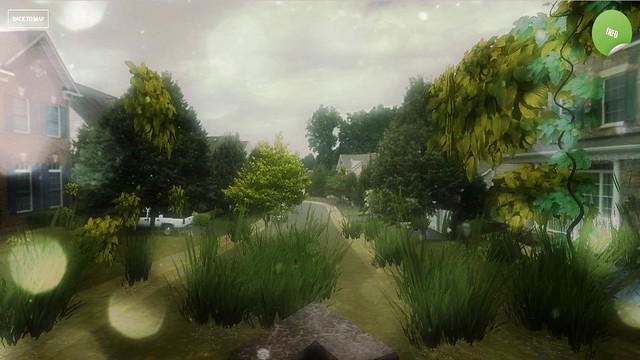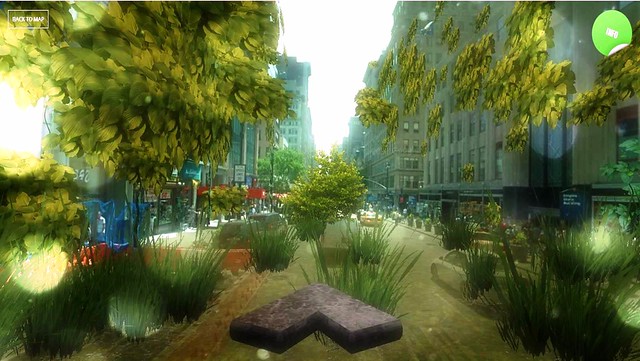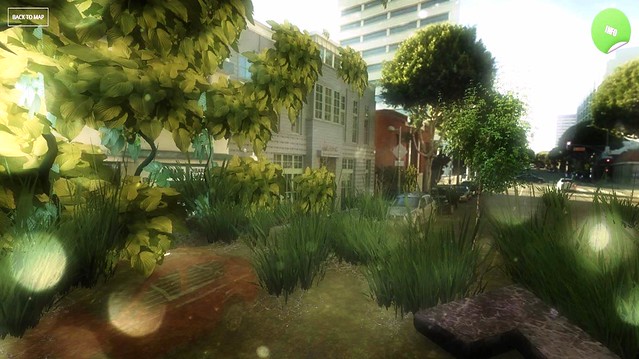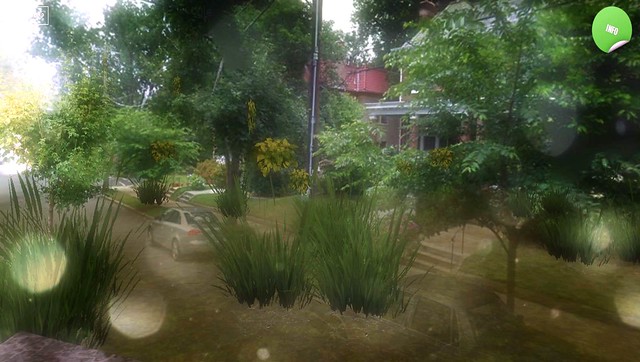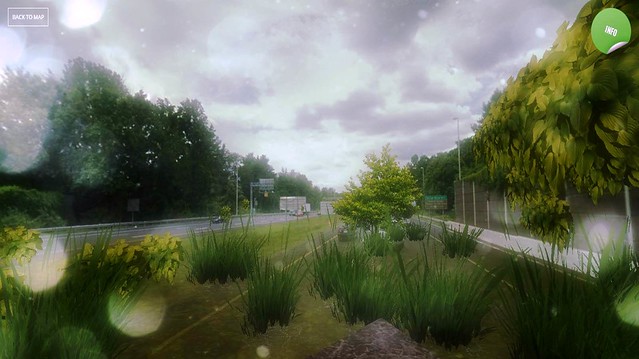Your neighborhood (or mine, or anyone's) after nature's jungle takes over

Posted March 31, 2014 at 1:27PM
Remember that book from a few years ago, The World Without Us? It depicted the post-apocalyptic ruins of civilization once the buildings and infrastructure began to wear down and there was no one around to tame the inevitable reclaiming of territory by weeds, vines, vermin, and the like. It was sobering and more than a bit creepy.
Well, now there’s an app for that. Kristine Lofgren writes in Inhabitat:
“If you can’t wait to see what the post-apocalyptic future will look like, a Swedish developer has created a Google Street View hack that will make your day. Einar Odberg used Google’s street view data to create a different view of the world after the vines, grasses and trees have taken over. Urban Jungle Street View can go anywhere Google Street View can go, allowing you to see what the world would look like if nature [took] over our streets and cities.”
At the top of this post, for example, is a typical suburban neighborhood, actually that of my parents-in-law in Northern Virginia outside of DC. Just above is Fifth Avenue in New York City, looking south; that’s the Empire State Building at street level on the right.
Here are some other scenes for you:
NRDC's Santa Monica office
My street in DC
Interstate 66 in Northern Virginia
There’s a certain simplicity to it and similarity among the scenes, but I found the app fun and sort of fascinating.
Lofgren writes that you can only move around using the giant stone arrow that appears in some views, so you can’t navigate like the traditional Street View. Odberg combined a part of Street View called depth data with traditional maps to plot the 3D flora and fauna. The vines and trees appear to pop right out of the street and climb up the trees. Go here to use the app.
For an even creepier view of what might happen to a typical house over time when nature takes over, check out this video:
Related posts:
- Before the (next) deluge: Midwestern floods remind us of sprawl's toll (April 24, 2013)
- This week's sign of the apocalypse (July 12, 2010)
- Hidden public spaces in San Francisco, London in 2050, Nebraska in a field, and other ‘strange maps’ (February 3, 2010)
- Apocalypse Now in Nebraska: Meet Carhenge (August 31, 2009)
Move your cursor over the images for credit information.
Kaid Benfield writes about community, development, and the environment on Switchboard and in the national media. Kaid’s latest book, People Habitat: 25 Ways to Think About Greener, Healthier Cities, is available from booksellers nationwide.
